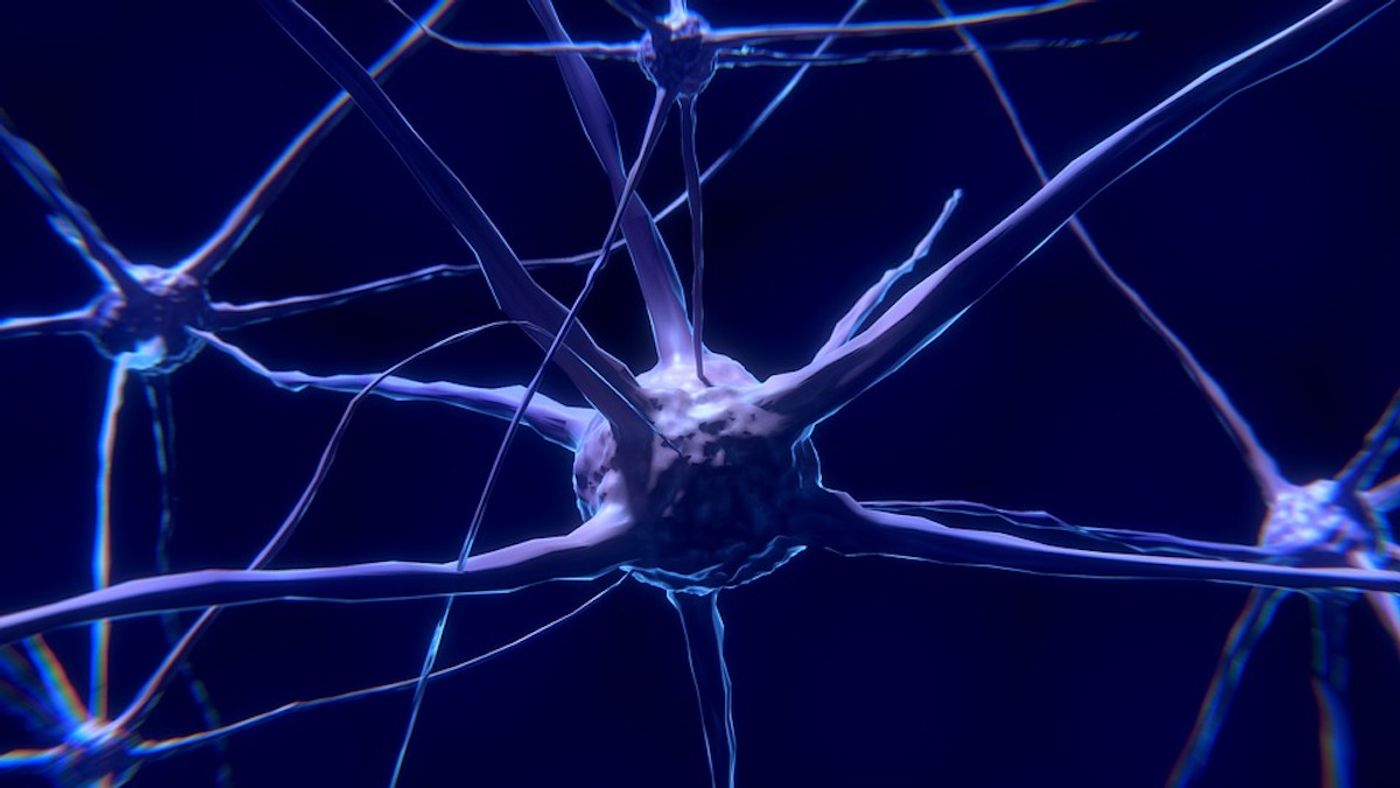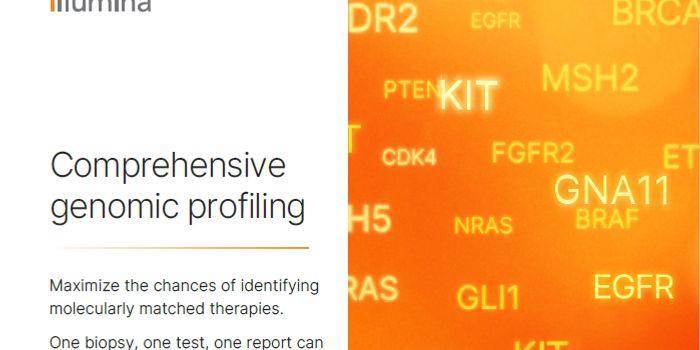Gaining New Insight Into ALS and Other Neurodegenerative Disorders
Dementia and Alzheimer’s disease were once thought to be very closely related, but scientists reported earlier this year that a variety of processes can cause dementia. It helps to explain why not everyone with Alzheimer’s has a buildup of tau or amyloid plaques that were considered a feature of the disease, and why treatments aimed at these plaques haven't worked. Researchers described a new kind of dementia earlier this year, called LATE.
"Recent research and clinical trials in Alzheimer's disease have taught us two things: First, not all of the people we thought had Alzheimer's have it; second, it is very important to understand the other contributors to dementia," said Nina Silverberg, Ph.D., director of the Alzheimer's Disease Centers Program at National Institute on Aging (NIA).
Several years ago, scientists began to recognize that another protein, TDP-43, may be involved in neurodegeneration. The TDP-43 (transactive response DNA binding protein) molecule normally plays a role in helping cells to make proteins. Proteins are made of strings of amino acids that have to be carefully folded into their correct structure to be functional. When the TDP-43 protein is not folded correctly, it leaves its normal cellular location.
Dysfunctional TDP-43 has been implicated in another devastating neurodegenerative disorder affecting the brain and spinal cord, amyotrophic lateral sclerosis (ALS), though it's not known whether the protein dysfunction is a cause, or if it arises after the disease begins.
Scientists at the Center of Genomic Regulation (CRG) and the Institute of Bioengineering of Catalonia (IBEC) have now used a technique called deep mutagenesis to reveal more. They systematically introduced errors into the TDP-43 protein to see what the effects were. The findings have been reported in Nature Communications.
"By studying all possible mutations in a protein, we have a much more reliable way to understand toxicity, and we are excited to move on to many more proteins implicated in neurodegenerative diseases," explained the first author of the study, Benedetta Bolognesi, an IBEC researcher.
The scientists engineered 50,000 TDP-43 yeast cell mutants. They found that TDP-43 mutants that clumped together as seen in the disease were actually less toxic to cells than mutants that created liquid-like forms that condensed.
"This is the exact opposite of what we expected," noted Lehner. This work can change what we thought about neurodegenerative diseases.
Bolognesi’s team wants to know more about whether the accumulation of TDP-43 has a protective impact on neurons. If that is the case, it may fundamentally change treatment approaches.
Learn more about LATE (limbic-predominant age-related TDP-43 encephalopathy) from the video.
Sources: University of Kentucky, CRG, Brain, Nature Communications









